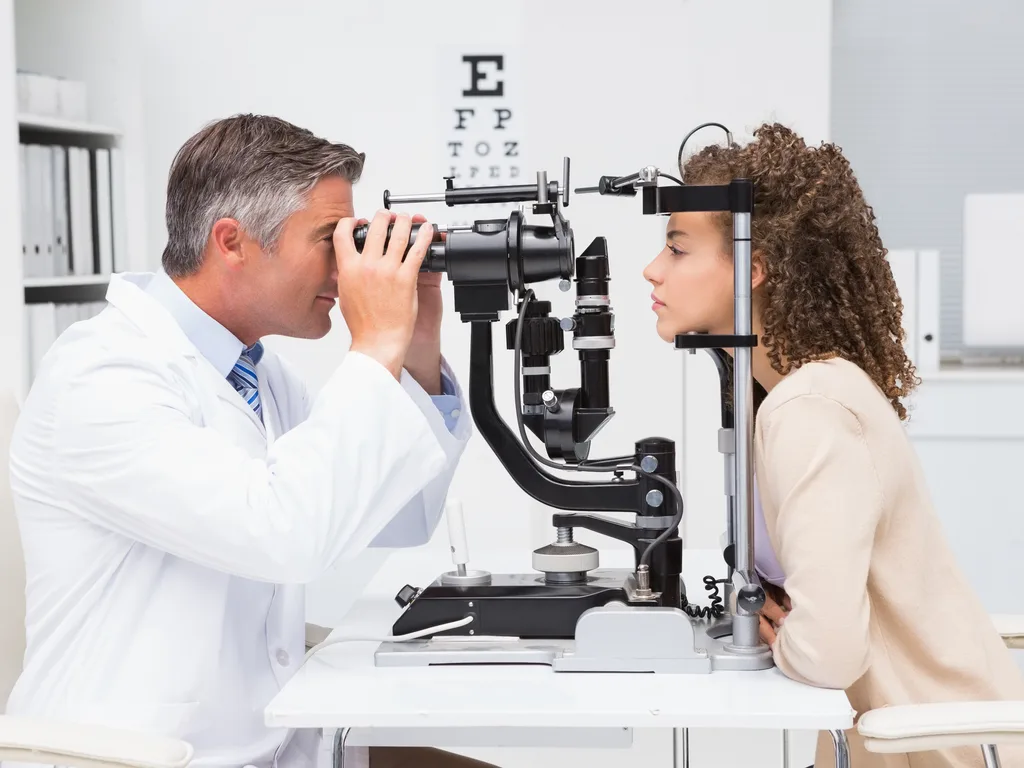
Symptoms of Restless Legs Syndrome
Restless legs syndrome causes direct and indirect symptoms. Leg discomfort is the primary direct symptom. You may experience RLS discomfort most often when sitting or lying down, and it can be associated with staying in the same position too long. For example, RLS flare ups may occur on long car rides or airline travel. However, there is no minimum amount of time you must sit or lie down before symptoms occur. The uncomfortable leg sensations associated with RLS may take many forms, including:- Throbbing or aching.
- Itchiness or burning.
- Tugging or pulling.
- Crawling or creeping.
- Difficulty concentrating.
- Confusion.
- Drowsiness during the day.
- Mood swings, including onset of depression or anxiety.
Causes of Restless Legs Syndrome
The causes of restless legs syndrome are not completely known. However, according to the National Institute of Neurological Disorders and Stroke, some forms of RLS can be passed on genetically. If RLS occurs in young to mid-adulthood, experts say it is probably genetic. If you develop it when you are 40 years of age or older, it probably has another cause. Iron may also play a role in development of RLS. A study conducted at Johns Hopkins University in 2007 showed iron treatment relieves RLS symptoms in some cases. If you suspect you have an iron deficiency, there are supplement pills available you can take to reverse it. Signs of an iron deficiency include anemia and dizziness. You may be more likely to develop an iron deficiency if you donate blood or have a bleeding disorder. Related Article: Pros & Cons of Using Benadryl as a Sleep Aid Another theory supported by scientific research indicates RLS may occur because your brain does not process dopamine properly. The basal ganglia is the part of your brain responsible for movement control. Dopamine is a chemical it uses to trigger movement. When improper signal processing occurs due to a dopamine imbalance, it may cause the spasms of RLS.Conditions Associated With RLS Development
A temporary medical condition sometimes associated with RLS is pregnancy. When you are pregnant, hormone levels in your body change. If your RLS occurs during pregnancy, you can typically expect quick recovery. Onset of RLS is most likely during your third trimester and subsides soon after the baby is born. This is because your hormone levels are likely to return to normal when the pregnancy is over. There are also several more permanent medical conditions that can cause you to develop RLS. Among them are:- Certain spinal cord injuries.
- Kidney failure.
- Nerve damage in your hands or feet caused by alcoholism, diabetes or other medical conditions. (Such damage is known as peripheral neuropathy.)
Restless Legs Syndrome Diagnosis and Treatment
Restless legs syndrome is easy to diagnose, but not in a traditional sense. There is no specific test your doctor can give you to diagnose it. Instead, he or she must make the diagnosis using information you provided. You must exhibit four key symptoms not linked to another physical or psychological disorder to get an RLS diagnosis. They are:- Overwhelming desire to move your legs, usually due to pain or discomfort.
- Worsening of symptoms while sedentary.
- Most symptoms occurring at night.
- Immediate relief of symptoms when you move.
By Admin –



